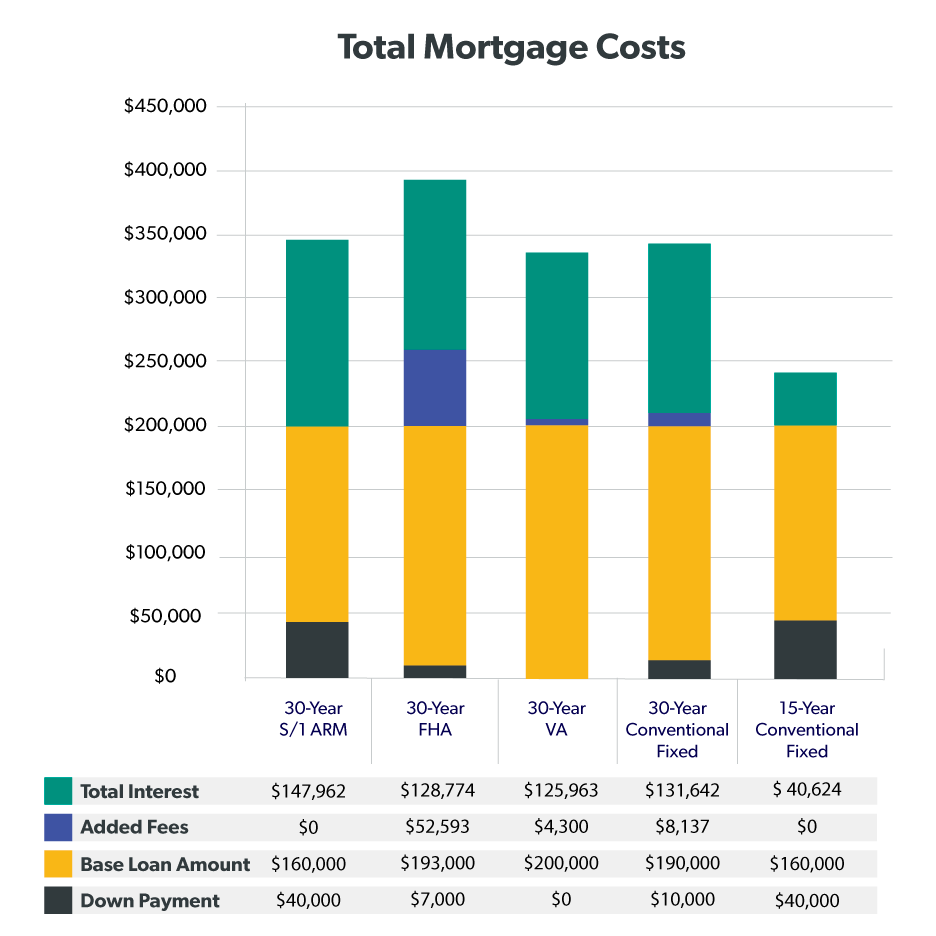For this argument to hold, the increase in the rate of foreclosure would have to precede the decline in home rates. In fact, the opposite took place, with the national rate of house price appreciation peaking in the second quarter of 2005 and the absolute rate level peaking in the second quarter of 2007; the significant increase in new foreclosures was not reached up until the 2nd quarter of 2007.
Usually one would anticipate the supreme investors in mortgagerelated securities to impose market discipline on lending institutions, ensuring that losses remained within expectations. Market discipline started to breakdown in 2005 as Fannie Mae and Freddie Mac became the biggest single buyers of subprime mortgagebacked securities. At the height of the marketplace, Fannie and Freddie purchased over 40 percent of subprime mortgagebacked securities.

Fannie and Freddie entering this market in strength considerably increased the demand for subprime securities, and as they would eventually have the ability to pass their losses onto the taxpayer, they had little reward to effectively keep track of the quality of underwriting. The previous few decades have actually seen a significant expansion in the number of financial regulators and guidelines, contrary to the commonly held belief that our monetary market guidelines were "rolled back." While numerous regulators might have been shortsighted and overconfident in their own ability to spare our financial markets from collapse, this stopping working is among guideline, not deregulation.
Not known Facts About For Mortgages How Long Should I Keep Email
To describe the monetary crisis, and avoid the next one, we should look at the failure of guideline, not at a mythical deregulation.
So, "what caused the mortgage crisis" anyhow? In case you haven't heard, we went through one of the worst housing busts in our lifetimes, if not ever - which banks are best for poor credit mortgages. And though that much is clear, the factor behind it is much less so. There has actually been a lot of finger pointing. In reality, there wasn't simply one cause, but rather a combination of forces behind the housing crisis.
Banks weren't keeping the loans they madeInstead they're were offering them to financiers on the secondary marketWho were slicing and dicing them into securitiesThe transfer of danger enabled more risky loans to be madeIn the old days, banks used to make home loans internal and keep them on their books. Because they kept the loans they made, rigid underwriting guidelines were put in location to guarantee quality loans were made.
What Does What Law Requires Hecm Counseling For Reverse Mortgages Mean?
And they 'd lose great deals of cash. Recently, a new phenomenon occurred where banks and home loan lenders would come from mortgage and quickly resell them to financiers in the kind of mortgage-backed securities (MBS) on the secondary market (Wall Street). This technique, called the "stem to distribute model," permitted banks and lenders to pass the risk onto financiers, and thus loosen standards.
Banks and lenders also count on circulation channels outside their own roofing, through home mortgage brokers and reporters. They incentivized bulk originating, pressing Get more info those who worked for them to close as numerous loans as possible, while ignoring quality standards that ensured loans would really be repaid. Due to the fact that the loans were being sliced and diced into securities and sold wholesale, it didn't matter if you had a couple of bad ones here and there, at least not initiallyThis pair wasn't free from blame eitherThey were quasi-public companiesThat were attempting to keep personal financiers happyBy alleviating underwriting guidelines to remain relevantOf course, banks and loan providers designed their loan programs on what Fannie and Freddie were purchasing, so one might likewise argue that these two "government-sponsored enterprises" likewise did their reasonable share of harm.
And it has been alleged timeshare weeks 2018 that the set reduced guidelines to remain pertinent in the home mortgage market, mostly since they were openly traded companies progressively losing market share to private-label securitizers. At the exact same time, they also had lofty affordable real estate goals, and were advised to supply funding to more and more low- and moderate-income borrowers over time, which clearly featured more threat.
What Does When Will Student Debt Pass Mortgages Mean?
As an outcome, bad loans appeared as higher-quality loans due to the fact that they conformed to Fannie and Freddie. what are the interest rates on 30 year mortgages today. And this is why quasi-public business are bad news folks. The underwriting, if you might even call it thatWas godawful at the time leading up to the mortgage crisisBasically anybody who requested a mortgage might get authorized back thenSo once the well ran dry a number of these property owners stopping payingThat brings us to bad underwriting.
They were often told to make loans work, even if they appeared a bit dodgy at finest. Again, the incentive to authorize the loan was much, much higher than declining it. And if it wasn't approved at one store, another would be delighted to come along and take business.
So you could get away with it. The appraisals at the time were also highly suspectEmphasis on "high" rather than lowSince the worths were often grossly inflated to make the substandard loan workThis further propped up house prices, enabling even more bad loans to be createdGoing together with bad underwriting was malfunctioning appraising, typically by unscrupulous house appraisers who had the exact same reward as loan providers and producers to make sure the loans closed.
Little Known Facts About How Is The Compounding how to get out of bluegreen timeshare Period On Most Mortgages Calculated.
If one appraiser didn't like the worth, you might always get a 2nd viewpoint elsewhere or have them take another appearance. Home costs were on the up and up, so a stretch in worth could be concealed after a couple of months of appreciation anyway. And don't forget, appraisers who found the best value every time were made sure of another offer, while those who couldn't, or would not make it take place, were skipped on that next one.
Back when, it prevailed to put down 20 percent when you acquired a house. In the last few years, it was significantly typical to put down 5 percent and even absolutely nothing. In truth, zero down house loan financing was all the rage since banks and debtors could rely on home cost gratitude to keep the notion of a home as a financial investment practical.
Those who purchased with no down just selected to leave, as they actually had no skin in the video game, nothing to keep them there. Sure, they'll get a big ding on their credit report, but it beats losing a lot of cash. On the other hand, those with equity would certainly put up more of a fight to keep their home.
Our Why Do People Take Out Second Mortgages Diaries
As home prices marched higher and higher, loan providers and house builders had to come up with more imaginative funding options to generate purchasers. Because house costs weren't going to come down, they needed to make things more budget-friendly. One approach was decreasing month-to-month mortgage payments, either with interest-only payments or negative amortization programs where borrowers actually paid less than the note rate on the loan.
This naturally resulted in ratings of undersea customers who now owe more on their home loans than their current residential or commercial property worths - how do reverse mortgages work in utah. As such, there is little to any reward to stay in the home, so borrowers are significantly defaulting on their loans or leaving. Some by choice, and others due to the fact that they might never pay for the true regards to the loan, just the introductory teaser rates that were used to get them in the door.
